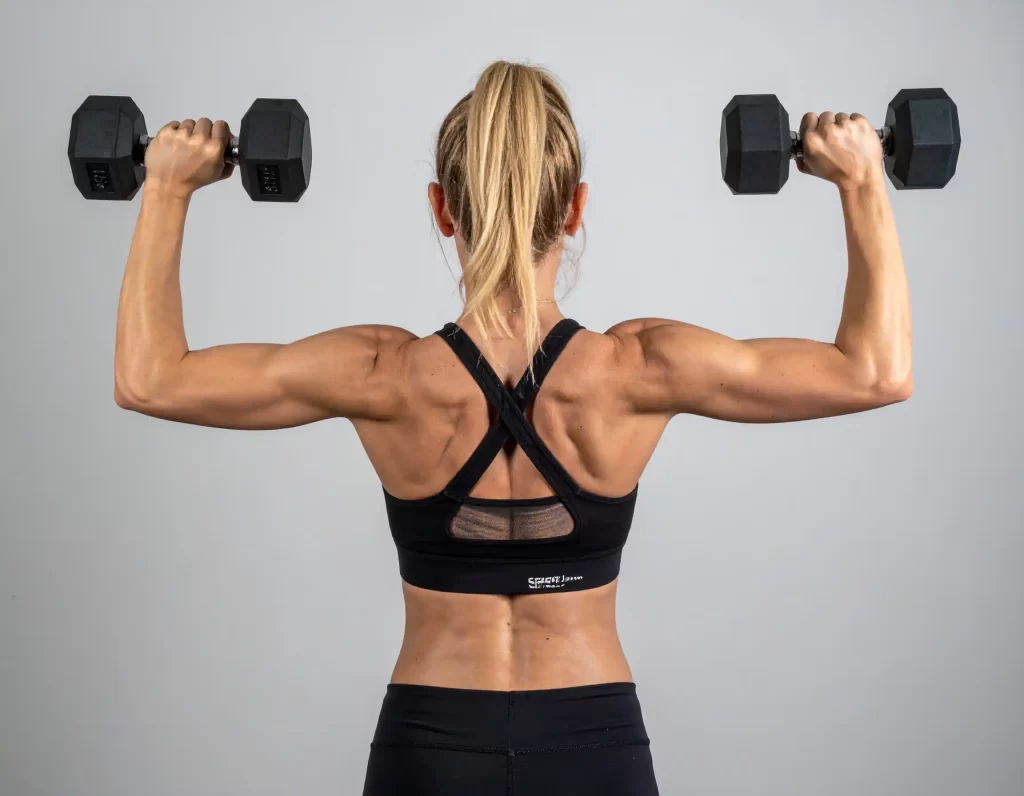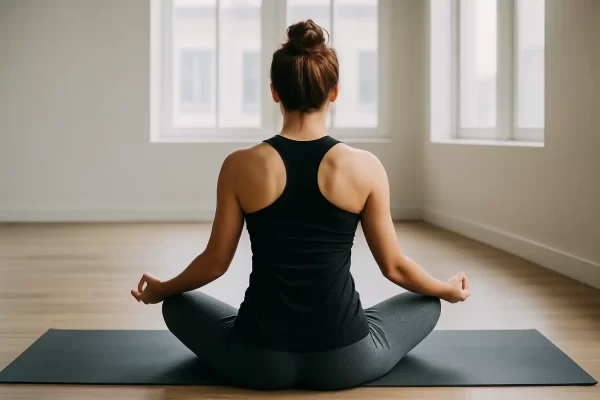If you’re a woman new to fitness and often feel like giving up because you cannot keep up consistency in your workouts, you’re not alone. It’s completely normal to experience fluctuations in energy, motivation, and strength throughout the month. These shifts are part of your menstrual cycle and are caused by the shifts in your hormones. So instead of being a setback, they can actually become a powerful tool to support your fitness journey.
Let’s break down how your cycle affects your body and how you can adapt your workouts to feel stronger, more confident, and less likely to quit.
First, a Quick Look at Hormones and Their Role:
There are two key hormones driving the menstrual cycle: estrogen and progesterone.
- Estrogen rises in the first half of your cycle and helps boost energy, mood, and even muscle-building potential.
- Progesterone rises in the second half, promoting rest and recovery but can also lead to fatigue, bloating, and reduced performance.
These hormones fluctuate across four phases, each impacting your body and how it responds to exercise.
Understanding the Menstrual Cycle: The Four Phases
Your menstrual cycle is typically about 28 days long (though it can vary). It’s divided into four main phases, each with its own hormonal changes and effects on your body:
- Menstrual Phase (Days 1–5): This is when you have your period. Hormone levels (estrogen and progesterone) are at their lowest.
- Follicular Phase (Days 6–14): Estrogen rises, making you feel more energetic and stronger.
- Ovulation (Around Day 14): Estrogen peaks and you may feel your absolute best-full of energy and motivation.
- Luteal Phase (Days 15–28): Progesterone rises, energy can dip, and PMS symptoms may appear as you approach your next period.
How to Train according to the 4 Phases
1️⃣ Menstrual Phase (Days 1-5ish) – Rest & Recovery
What’s happening: Your period starts, estrogen and progesterone are low, and you might feel tired or crampy.
How to adapt:
✔ Gentle movement (yoga, walking, stretching) helps with cramps.
✔ Lower intensity – this isn’t the week to PR your deadlift.
✔ Hydrate & eat iron-rich foods (spinach, red meat, lentils) to fight fatigue.
2️⃣ Follicular Phase (Days 6-14) – Energy Surge!
What’s happening: Estrogen rises, energy and endurance skyrocket, and your body recovers faster.
How to adapt:
✔ Go hard! Strength training, HIIT, and endurance workouts will feel easier.
✔ Try new challenges – this is the best time to push yourself.
✔ Build muscle – your body is primed for gains.

3️⃣ Ovulation (Around Day 14) – Peak Performance
What’s happening: Testosterone and estrogen peak = max strength & stamina!
How to adapt:
✔ Lift heavy or do high-intensity workouts – you’ll feel unstoppable.
✔ Focus on explosive movements (sprints, plyometrics).
✔ Be mindful of injury risk – your joints might be looser, so warm up well.
4️⃣ Luteal Phase (Days 15-28) – Slow Down & Endure
What’s happening: Progesterone rises, energy dips, and PMS may hit (bloating, fatigue, cravings).
How to adapt:
✔ Lower intensity, longer workouts (steady-state cardio, Pilates).
✔ More rest days – your body is working harder just to maintain.
✔ Combat cravings with protein & healthy fats (nuts, eggs, dark chocolate).
Tips to Stay Motivated and Consistent
- Track Your Cycle: Use a calendar or app to note how you feel and what workouts you do. Patterns will emerge!
- Listen to Your Body: Some days you’ll feel like Wonder Woman, other days not so much. Both are okay.
- Be Kind to Yourself: Skipping a workout or taking it easy isn’t failure-it’s smart training.
- Mix It Up: Try new activities when your energy is high, and focus on gentle movement when it’s low.
- Hydrate and Nourish: Your body needs more hydration and good nutrition, especially during your period and luteal phase.
Adapting your fitness routine to your menstrual cycle isn’t about doing less—it’s about working with your body, not against it. Understanding how your hormones shift throughout the month can help make your workouts feel more manageable, enjoyable, and aligned with your energy. But it’s also important to remember: every woman’s experience is different. These phases and suggestions are helpful starting points, not hard rules. Pay attention to how you feel, and adjust your training in a way that supports your unique rhythm.
